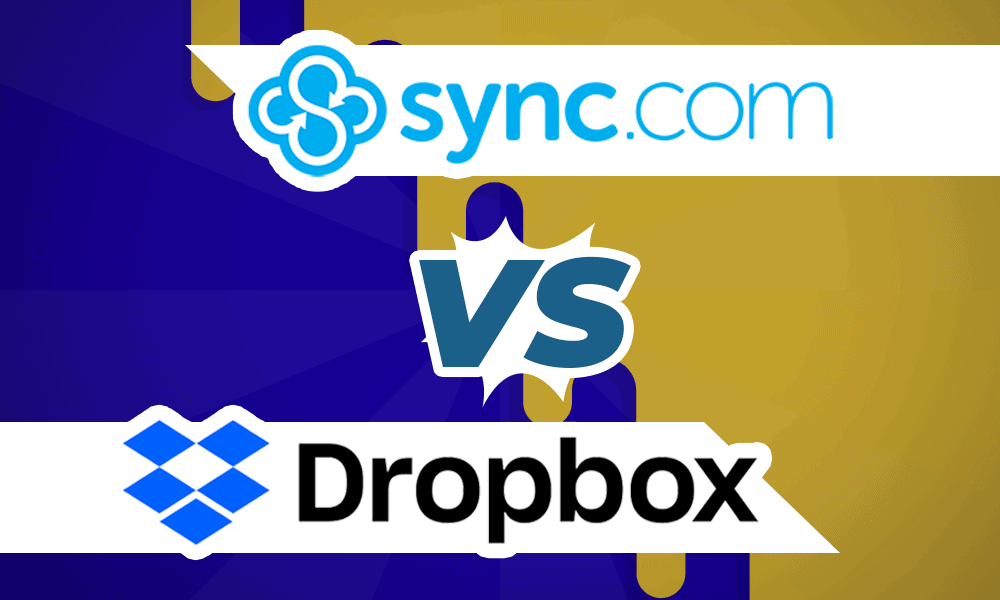

However, to date, there’s been no known brute force hack of 128-bit AES, and there probably won’t be for years to come. Security for Backblaze might seem lax, given that its just 128-bit AES, compared to 448-bit Blowfish for CrashPlan. However, like CrashPlan, you can switch to scheduled daily backups if you prefer. You should be fine to let Backblaze send data to the cloud in real time thanks to its incremental file-transfer process. CrashPlan only backs up certain folders automatically. The same is also true of its web interface and mobile app, which are easier to use than CrashPlan’s.īackblaze takes advantage of the unlimited storage space it grants by automatically backing up all files of a certain type. Backblaze’s minimalistic interface is one of the elements that sets it apart from every other cloud backup provider, in fact. While CrashPlan provides an elegant desktop interface that’s easy to use, when it comes to simplicity, nobody tops Backblaze. However, CrashPlan also lets you send data for backup to external drives, while Backblaze restricts you to cloud backup. While limited to just one computer, your Backblaze subscription can be used to backup unlimited external drives, like CrashPlan. At just $5 per month per computer, it’s about $1 less per month than CrashPlan. Both services offer mobile apps.īackblaze stands as another unlimited service provider, and it’s one of the cheapest. Plus, the lower encryption standard does give Carbonite a slight edge in speed.Īs with CrashPlan, users of Carbonite can opt into private, zero-knowledge encryption if privacy is a major concern.Ĭarbonite also lets you access you cloud content remotely, through a handy web interface – just like CrashPlan.
#CRASHPLAN VS SPIDEROAK CRACK#
At this point, there’s no known way to crack 128-Blowfish, though. Compared to CrashPlan’s 448-bit Blowfish encryption, that’s not much. One potential area of concern with Carbonite is that it only encrypts your data using 128-bit Blowfish. However, you can schedule backups if you prefer. Like CrashPlan, it lessens system resource demands thanks to incremental backup architecture. Generally, Carbonite is fine to leave in its default continuous backup state. While CrashPlan will automatically tag certain folders for backup, most of the legwork is left to you.
#CRASHPLAN VS SPIDEROAK INSTALL#
Once you download and install Carbonite’s desktop application, it will automatically scan your computer and backup all common file types. One thing Carbonite does do better than CrashPlan – and most other cloud backup services, with the notable exception of Backblaze – is simplify the backup process. CrashPlan, meanwhile, can backup unlimited external drives. If you make use of an external drive, it’s also worth knowing that Carbonite’s most basic plan doesn’t support external drive backup – you must pay for a more expensive service ($99/year).

Unfortunately, like CrashPlan, you’re limited to one computer per subscription on their basic plan. That means you’re unrestricted in how much data you can upload to the cloud. The latter ensures that nobody but you can decrypt your data, providing what is called “zero-knowledge” security.Ĭarbonite competes with CrashPlan as an unlimited backup service. Whether you go with IDrive or CrashPlan, you’ll have the option of using either a default encryption key or setting your own.

Both encryption methods have so far proved unbreakable, so you should be secure either way. The biggest difference is that IDrive uses 256-bit AES while CrashPlan uses 448-bit Blowfish. CrashPlan doesn’t impose any such restriction.īoth services encrypt your data in-transit and while at rest in their respective data centers. However, continuous backup, as this is called, is limited to files under 500MB with IDrive. If you need real-time backup, IDrive and CrashPlan also both support that capability. These interfaces include backup schedulers, so you can plan major backups for when you’re tucked in bed.Īdditionally, both services let you access your cloud data remotely via the Internet. In terms of overall process, both services let you manage backup via a desktop interface. Generally, this is a capability only associated with cloud storage solutions, like Google Drive and Dropbox. No other major cloud backup service, including CrashPlan, boasts that capability.Īnother key feature that distinguishes IDrive from CrashPlan is that in addition to 1TB of cloud backup, you get 1TB of sync space. IDrive cloud backup also lets you store data from your social media accounts, including Facebook and Instagram.

#CRASHPLAN VS SPIDEROAK ANDROID#
For IDrive, that includes not just your PCs and Macs, but iPhones, iPads and Android devices, too. However, it does let you backup unlimited computers under a single subscription, while CrashPlan limits you to just one. Unlike CrashPlan, IDrive doesn’t let you store unlimited data.


 0 kommentar(er)
0 kommentar(er)
